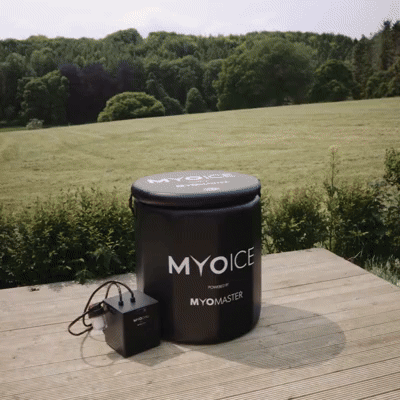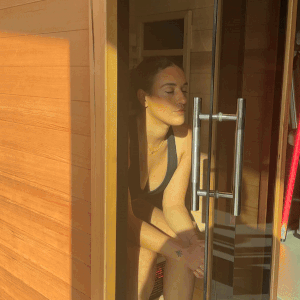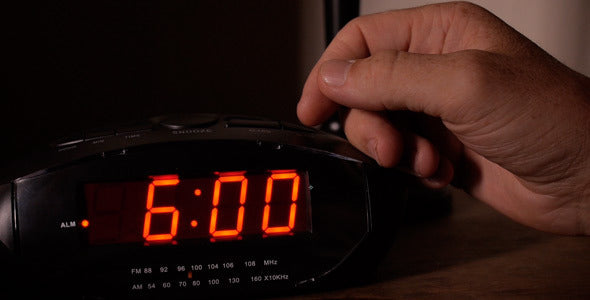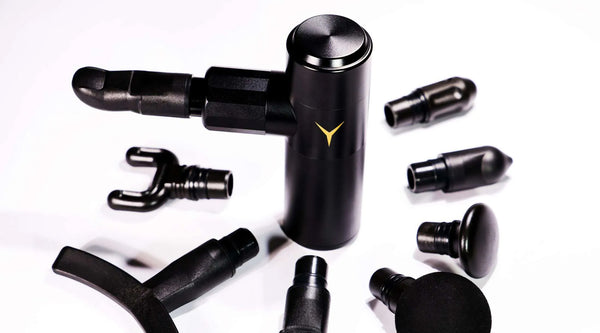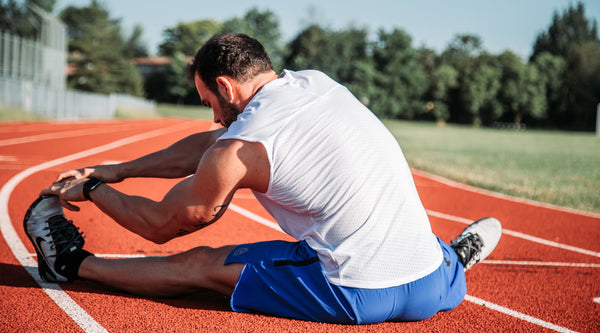If you’re an endurance athlete then you might be wondering whether recovery technology can keep up with the level of strain you intend to put your body under. Whether it’s triathlons or marathons, you need to know your equipment is as strong and resilient as you are. Don't need convincing? Find out which MyoMaster compression system is right for your endurance event recovery.
How Does Pneumatic Compression Technology Work?
Compression technology started life as a medical treatment for pain and ulcers, as it improved blood flow around the body and back to the heart. It doesn’t take a genius then to see how it became a stalwart of the athlete’s recovery arsenal. Increased blood flow equals accelerated muscle repair. It also leads to reduced pain and fatigue, as metabolic waste is flushed out more efficiently.
A compression system like the MyoAir or MyoPump puts premium compression in the hands of anyone who wants it. These products offer a level of pressure unrivalled in the recovery market. The design of these compression systems also allows athletes to target their treatment, focusing pressure on the areas that need it the most. This isn’t just conjecture either. Studies have shown that intermittent compression increases limb blood flow, lowers muscle fatigue, reduces swelling and shortens DOMS recovery time.
What About Recovery from Endurance Events?
Compression therapy might improve recovery generally, but does it work for the type of exercise and recovery you want? If that’s endurance event recovery, then the research says yes.
In a 2015 study from the Journal of Orthopaedic & Sports Physical Therapy, researchers examined the effectiveness of pneumatic compression on recovery from a 161km ultramarathon. To do this they took the participants of the Western States Endurance Run and randomly put them into a different 20 minute post-race intervention. Some were treated with massage, others intermittent sequential pneumatic compression (compression boots), and the others supine rest (lying on your back).
Each subject completed two 400m runs at maximum speed before the race and on days three and five after the race. They also provided muscle pain and soreness ratings and overall muscular fatigue scores before and for seven days after the race.
The result? The study found that the post race use of compression boots provided immediate subjective benefits. These included a reduction in pain and muscle fatigue after just one twenty minute session. However, there was no functional benefit post-race when they did their self-assessed 400m run. But we have some thoughts on that.
How Should I Use Compression Technology as Part of Endurance Event Recovery?
If you’re putting your body through peak physical exertion then you need to be treating it with the best recovery products. In this study researchers used compression boots that exerted only 80mmhg of pressure. This simply isn’t enough pressure. Especially after something as intense as an ultramarathon. The MyoPump, our premium compression system, offers up to 250mmhg of pressure.
Athletes also need to be using compression boots for longer and more regularly to see long-term results. In this study the athletes only had one, 20 minute session in the boots. We would recommend using our compression boots for at least 30 minutes per day after training and sometimes even more. Particularly if you’ve taken part in an intense event like a marathon or ultramarathon.
Which Compression System is for me?
Now we’ve shown you that compression technology works and how to get the most from it, all that’s left is for you to choose between the MyoAir and MyoPump. Luckily, we’ve broken down the specifications of both products for you to make it as easy as possible, just check out our compression boot comparison blog to get started.
However, if you’re looking for a compression system specifically for recovery from endurance events then we have to recommend the MyoPump. You just can’t get close to the level of compression that it offers anywhere else on the market.

